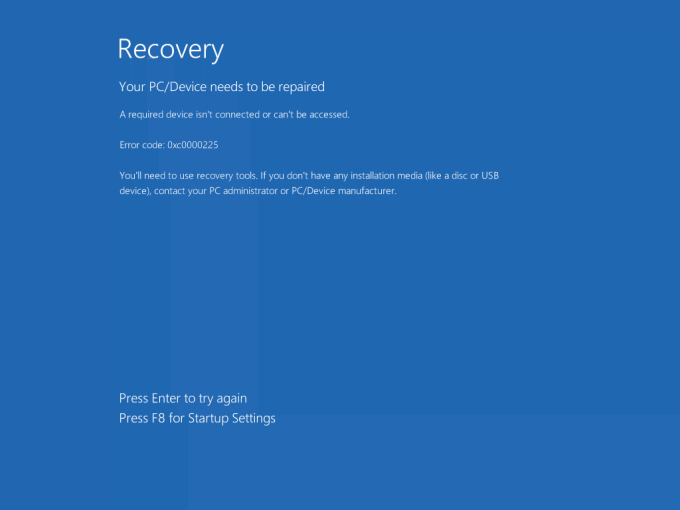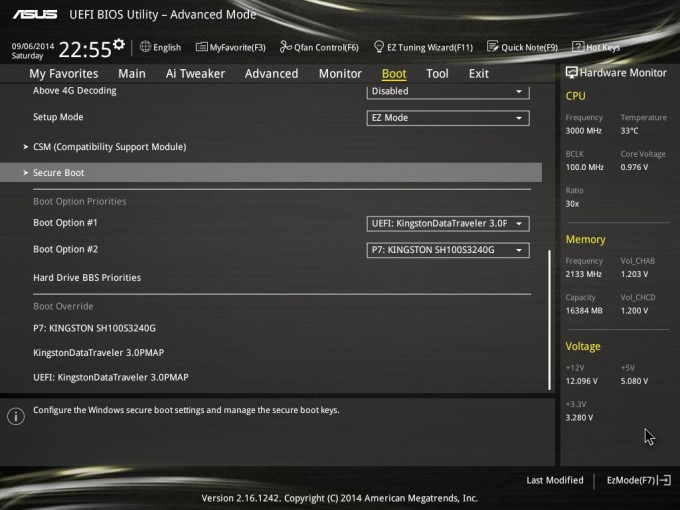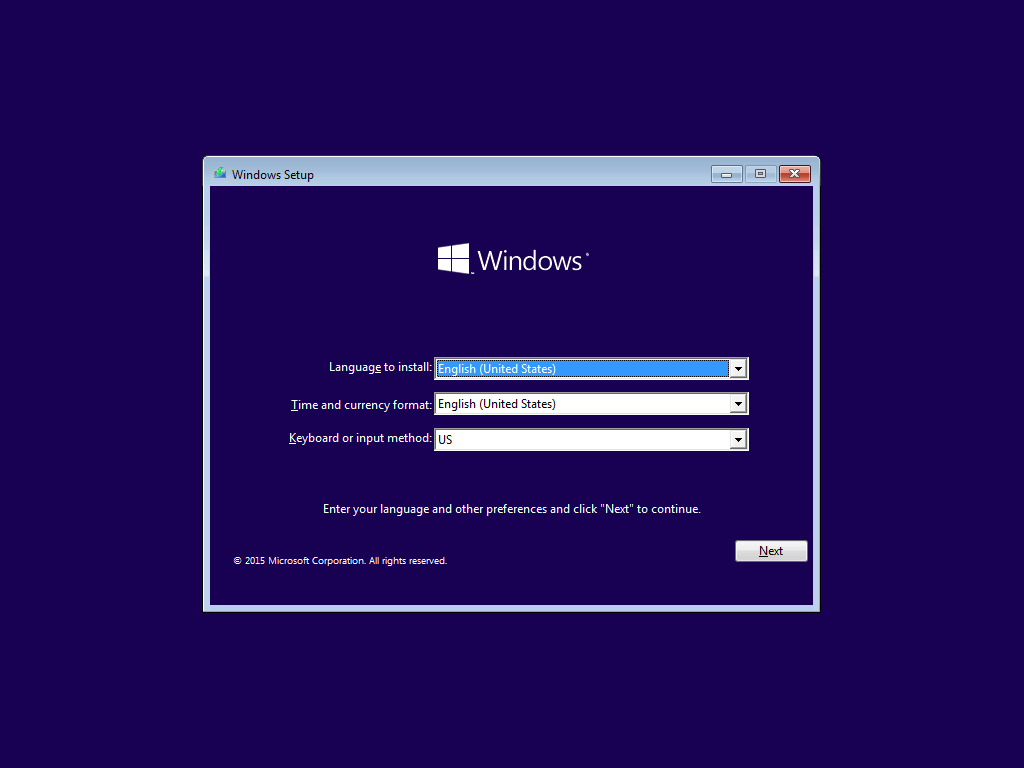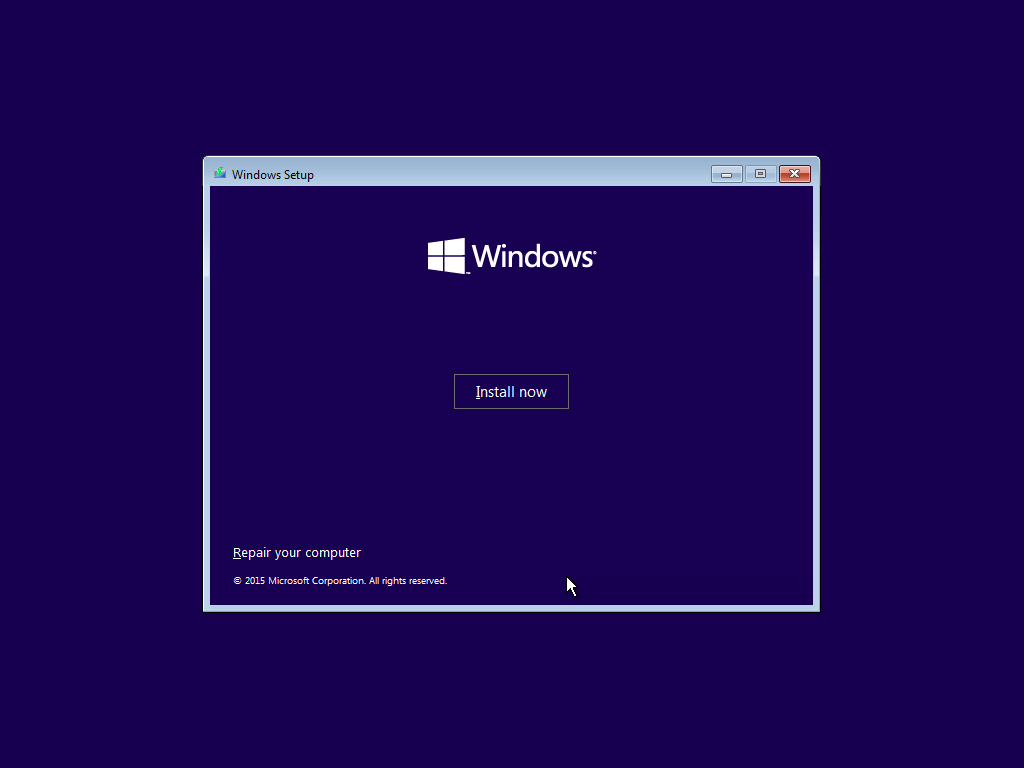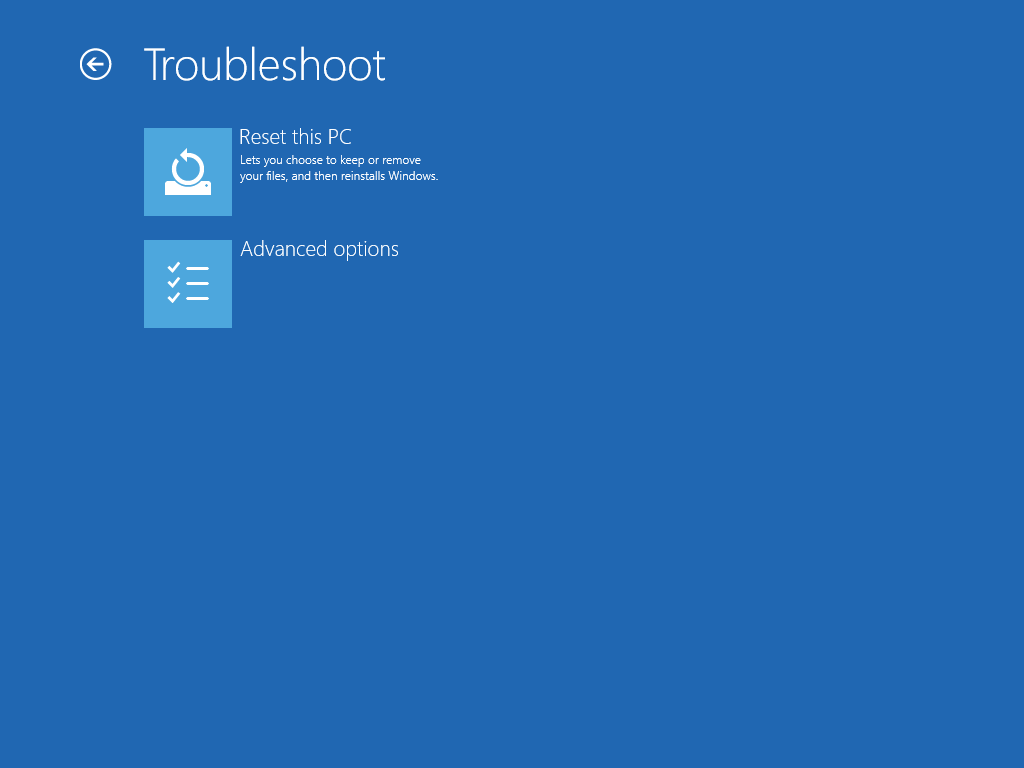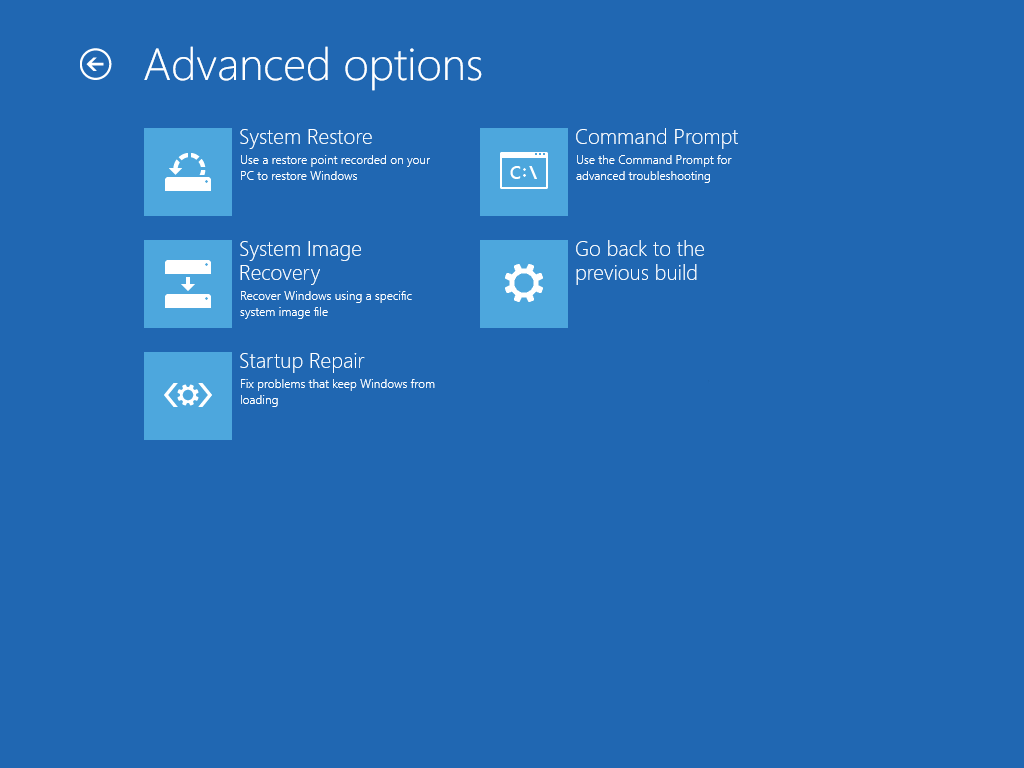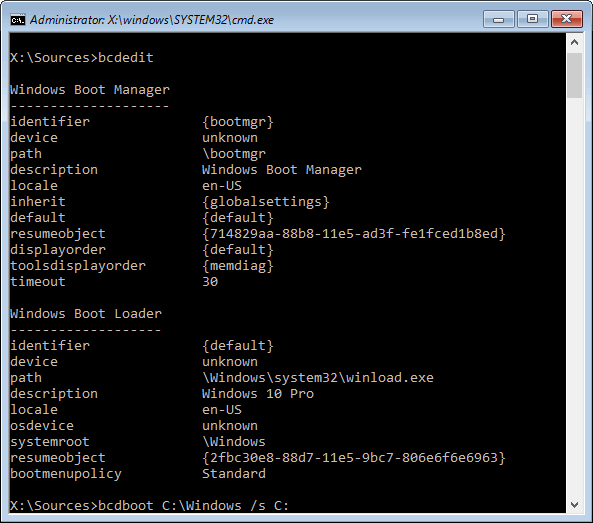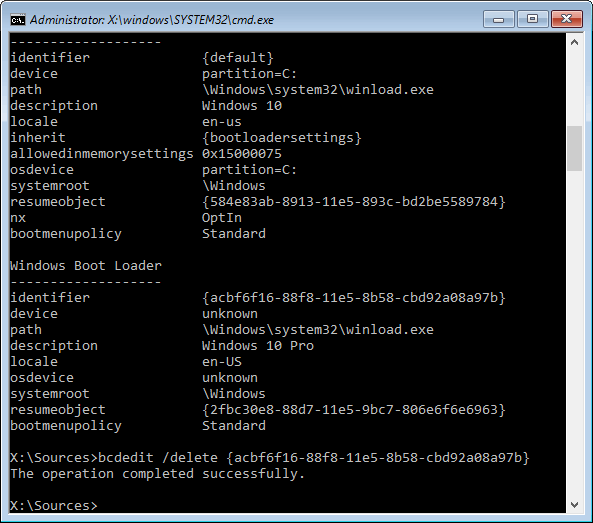- Qualcomm Launches Snapdragon 4 Gen 2 Mobile Platform
- AMD Launches Ryzen PRO 7000 Series Mobile & Desktop Platform
- Intel Launches Sleek Single-Slot Arc Pro A60 Workstation Graphics Card
- NVIDIA Announces Latest Ada Lovelace Additions: GeForce RTX 4060 Ti & RTX 4060
- Maxon Redshift With AMD Radeon GPU Rendering Support Now Available
Repairing A Broken Bootloader Or Master Boot Record In Windows 7, 8, And 10
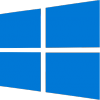
Booting up a Windows PC and seeing a glaring boot error is a maddening experience. Matters are made worse if you give up and decide to reinstall the entire OS. Before that point is reached, let this article be your guide, as repairing the Windows boot may be easier than you think.
One of the most frustrating things to ever occur in computing is booting up a device and receiving an error that prevents it from starting. Microsoft’s Windows has been the source of many headaches relating to this, and personally, I wouldn’t be able to recount the number of times I’ve had to fix a non-bootable Windows system.
Today, Windows is pretty good about repairing itself in the event of an issue, or at least letting you use maintenance tools to roll back to a point before you were having issues. Sometimes, though, an error is encountered that can’t be fixed without heading to Google to search for a fix. Perhaps you’re in that situation right now, and that’s why you’re here.
With the release of Windows Vista, Microsoft updated the mechanism that boots the OS. While the changes had everything to do with modernizing the boot process, along with the upgrade came the caveat of added complexity. That means the boot loader became more complicated to fix and easier to break.
Did you repartition your Windows hard drive or solid-state drive to prepare it for a Linux install and ignore the warnings the partitioner gave? If so, the next boot might have greeted you this way:
Or this way if running Windows 7. There are a number of different errors that can be displayed on this screen, but when partition issues are the cause, it’s likely to be 0xc0000225.
Fortunately, fixing this error is usually easy, and can be done with a minor amount of computer experience. Part of that is because this article will cover all of the important steps. There’s even a video later in the article in case you want to see the issue being fixed on a real Windows 10 install (thanks to the magic of virtual machines!)
If you see a show-stopping error like the one above, and hitting Enter or F8 fails to do anything, you’ll be forced to boot up with a Windows installer that matches the version of the OS you have installed. For example, if you want to fix a Windows 7 machine, it’s best to boot up with a Windows 7 DVD or flash drive. Don’t have the original DVD or want to create a bootable flash drive? Take a quick break, and read through our guide for taking care of that.
With the Windows DVD or flash drive plugged in, you can boot up your computer and see if it boots into it. If not, you’ll need to access your motherboard’s boot menu. How you do this varies from vendor to vendor, but usually, the shortcut will be displayed on the branding screen after booting up the PC. If not, you may need to have to turn to Google to figure it out, or alternatively enter your EFI (if you have a modern motherboard) and choose the device from the boot menu within. You can see an example of that here:
Once the proper device is booted into, the installer screen will appear. After hitting ‘Next’ at the first screen, you’ll need to click on ‘Repair your computer’ on the next. This boots into the maintenance section. From here, you’ll want to click on ‘Troubleshoot’, then ‘Advanced options’, and finally, ‘Command Prompt’. These steps are almost identical across Windows 7, 8, and 10.
There are a handful of commands that will help us tackle this issue; most of which begin with bootrec (an alternative method is listed after this section).
bootrec /ScanOS – Scans for compatible OSes.
bootrec /FixMbr – Writes a new master boot record to the HDD or SSD.
bootrec /FixBoot – Writes a new boot sector to the OS partition.
bootrec /RebuildBcd – Scans for compatible Windows installs and creates a new boot loader.
Note: None of these commands are case-sensitive.
In an ideal scenario, the only command that will need to be run is the final one, /RebuildBcd. If running that command alone doesn’t help, or you wish to be thorough right from the start, the /FixBoot and /FixMbr commands can be run also.
Here’s an example of the entire fix when it goes according to plan:
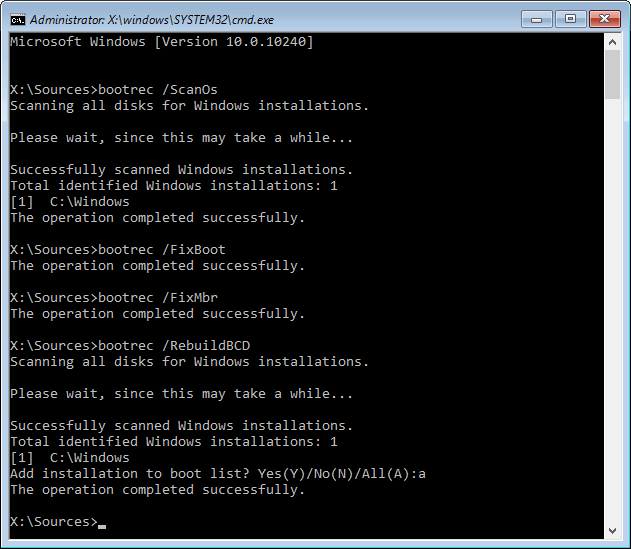
If you’d rather watch the fix take place, this video can help:
After the fix has been applied, the PC can be rebooted, at which point Windows should no longer be broken.
An Alternative Method
After booting up to the maintenance mode using the steps above and accessing the command prompt, you can type bcdedit to see which entries are stored in your bootloader. If you’ve only ever had one install of Windows, you should see a boot manager entry (which should be left alone) and a boot loader entry. You’ll note in the example below that our entry (called {default}) is tied to an ‘unknown’ device. That’s something that we’ll fix with the bcdboot C:\Windows /s C: command.
Once that command is executed, bcdedit can be run again. This time, you’re likely to see more than one operating system listed; one will be {default} (and show partition=C: since we fixed it with the command above), while the second will be an entry that’s linked to the broken boot process. Unless you’re fine with clicking the correct OS each time you boot your computer, you can remove the bad entry with bcdedit /delete {ID}.
“Do I really have to type out all of those characters in between the brackets?” Yes, if you like pain. Otherwise, you can simply click and highlight the series of characters, and with your text cursor situated in between the { and } you wrote in your command, you can click the top-left part of the window, choose ‘Edit’, and then ‘Paste’.
There we have it, two different methods of fixing this frustrating problem. If roadblocks are hit, please refer to the tips and tricks section below (we’d recommend everyone follow the first one). If you happen to know of other ways this problem can be fixed, please let us know in the comments and we will consider adding them to the next revision of this article.
Important Notes & Tips
Verifying the integrity of your OS partition:
After a recovery, and especially if the problem was caused by repartitioning, it’s recommended that you run the Windows tool chkdsk to make sure your OS partition is in good shape. To do this, a command prompt must be opened. In either Windows 8 or 10, the Start button in the bottom-left corner can be right-clicked, and the appropriate option can be chosen. In Windows 7, you can click on the Start menu, type in cmd, and then right-click the result to choose to run it as administrator. Once a command prompt is opened, you can type in chkdsk C: /f and hit Enter. You’ll be given the option to scan the partition at the next boot; so choose Y, hit Enter, and reboot.
If using bootrec results in a device not found error:
If a “The requested system device cannot be found” error is encountered after running any one of the bootrec commands, it could be due to how the Windows flash drive was booted.
If an attempt to boot was made with a USB 3.0 port, or a USB port at the front of your PC, try plugging it into a USB 2.0 port (if one is available) at the back of your PC instead. If no USB 2.0 ports are available, you can enter your motherboard’s EFI at boot (normally by hitting the Delete key when you see the motherboard’s branding), and search for an option that would allow you to enable USB Legacy Mode (sometimes called EHCI).
It’s worth noting that this issue isn’t exclusive to Windows; any modern bootable software can encounter it, including Linux distributions. If booting as UEFI doesn’t work, attempt to boot the image using a USB 2.0 port or by enabling USB Legacy Mode in the EFI.
If booting up your PC leads to a device not found error:
During a Windows install, the OS will sometimes install the bootloader to a drive that’s not the one the OS is installed on. For example, Disk 1 might store Windows, but Disk 0 stores the bootloader. In this situation, if Disk 0 is removed, it results in a non-bootable system.
In a situation like this, you’d want to unplug the SATA cable from every drive inside of your system that’s not the one the OS is installed on. If the Windows drive is the only one installed, that means that the bootrec commands will have no other place to apply their fixes.
Once repaired this way, you’ll want to reboot once to make sure the OS boots. If it does, you can hook up the drives you previously unplugged. If the OS doesn’t boot after that, you will need to enter your BIOS or EFI (normally by hitting the Delete key when you see the motherboard’s branding), and then change the boot order to make sure the drive Windows is installed on is listed first.
Support our efforts! With ad revenue at an all-time low for written websites, we're relying more than ever on reader support to help us continue putting so much effort into this type of content. You can support us by becoming a Patron, or by using our Amazon shopping affiliate links listed through our articles. Thanks for your support!




